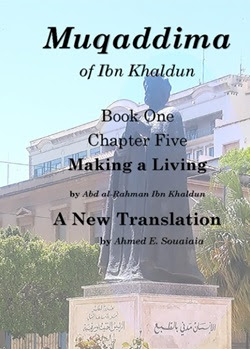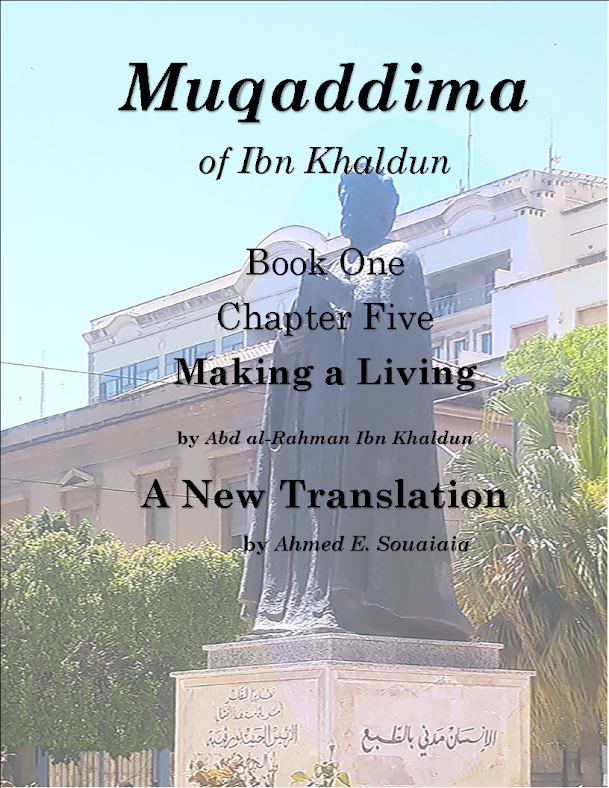 |
| Public beheadings in Saudi Arabia inspire ISILand like-minded groups |
Saudi state and the religious establishment have for decades fueled sectarian animosities across the region. Saudi recruits for al-Qaeda and the Islamic State group are often motivated by a desire to contain Shiism and stem Iranian influence in the region – strategic objectives that Saudi media perpetuates ad infinitum. Anti-Shiite (and anti-Christian and anti-Jewish) incitement is spread across the region by Saudi-based television channels. It was encouraging that immediately after the attacks the long-standing Saudi Minister of Information Abdel Aziz Khoja announced the closure of perhaps the worst of those TV stations, Wisal. But in a sign that factions within the Saudi regime are divided over how to deal with the Shiites and with Sunni extremism in the kingdom, the minister was dismissed the next day, and Wisal, which retains some popularity in Saudi Arabia and the wider region, is still up and running.
Nimr’s political role is rooted in a long tradition of Shiite activism, which goes back to the foundation of the Saudi kingdom, and which has led to the establishment of Shiite Islamist movements since the 1970s. He hails from a prominent family from Awamiya, a relatively poor Shiite village surrounded by date farms outside of Qatif, the largest Shiite city in Saudi Arabia. Awamiya has a long history of resistance to the Saudi monarchy. Indeed, Nimr’s grandfather led an armed revolt in 1929-1930 against Saudi tax collectors and Wahhabi missionaries, who were sent to the Eastern Province after the founder of modern Saudi Arabia, King Abdulaziz bin Saud, conquered it in 1913.
Awamiya was also one of the centers of the Shiite uprising in 1979 that was inspired by the Iranian Revolution. Nimr became politicized during these events and joined the Shirazi movement, which had started the uprising. The Shirazi movement was a transnational Shiite political organization led by the Iraqi-Iranian cleric Muhammad Mahdi al-Shirazi, but the bulk of its supporters were Shiite Muslims from the Persian Gulf states (mainly Kuwait, Bahrain and Saudi Arabia). Nimr enrolled in the movement’s religious school (hawza) in Iran and then became a teacher in the movement’s hawza in Sayyida Zeinab, the suburb of the Syrian capital of Damascus that became a key transnational hub for Shiite pilgrims, students and activists.
































No comments:
Write comments